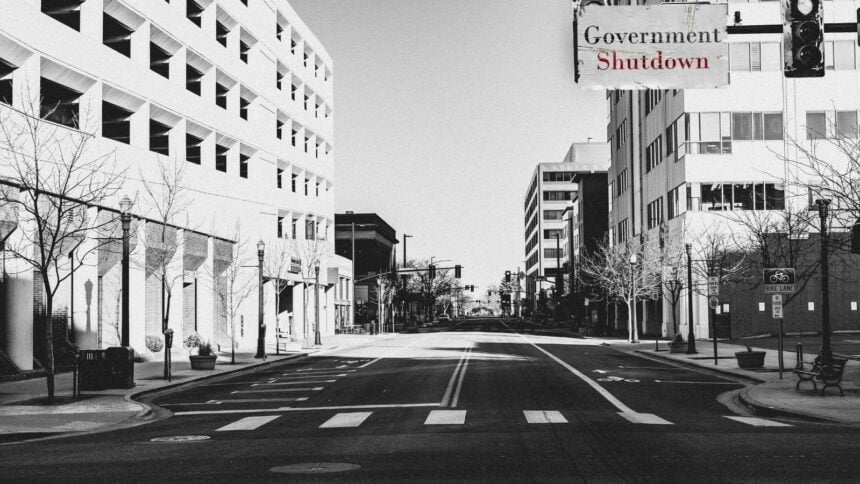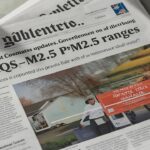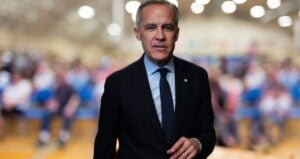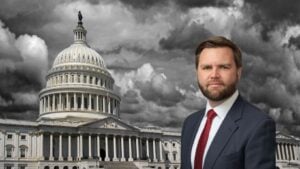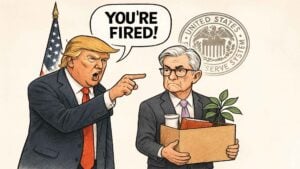The U.S. government has entered a shutdown after lawmakers failed to pass spending legislation by the start of the new fiscal year on October 1.
Congressional analysts estimate roughly 750,000 federal employees are sidelined on any given day and that back pay obligations alone add up to about $400 million for each day the government remains closed.
This scale of disruption makes the immediate economic hit modest but persistent, with effects that compound the longer the standoff lasts.
Federal agencies have begun executing contingency plans that divide staff between those deemed essential, who continue working without pay, and those furloughed, who are barred from their duties until funding resumes.
Furloughed staff will receive back pay when the shutdown ends under a 2019 law, while many contractors will not, sharpening the financial strain on communities with dense public-sector workforces.
The Bureau of Labor Statistics says it has suspended updates, which means key releases on employment and inflation will not publish on schedule if the funding lapse continues.
Economists are already leaning more heavily on private-sector proxies to fill the gap, but those series are not perfect substitutes and often depend on the government’s own benchmarks.
The longer the blackout persists, the wider the confidence intervals around the outlook for growth, jobs, and prices.
Air travel, immigration processing, and some safety net programs face service slowdowns as agencies triage limited resources. Capital markets may also feel friction.
New public offerings and some merger reviews are at risk of delay as the Securities and Exchange Commission and Federal Trade Commission scale back that could test the argument among dealmakers that the IPO window has reopened after a more active summer pipeline.
Equity strategists will weigh whether earnings calls offer enough color to offset missing government reports, while rates desks gauge auction demand and term premiums without the usual data anchors.
The broader backdrop includes a tech-led rally that saw the Nasdaq hits new all time high in mid-September, and a Canadian market that the TSX stalls near a record as traders parse U.S. inflation risk.
Those context markers help frame how much a prolonged shutdown could sap risk appetite if it dents confidence or delays deals.
House and Senate leaders remain far apart on spending levels and policy riders, and competing proposals vary in duration and scope.
A short continuing resolution would restore operations quickly, but a deeper compromise would be needed to settle agency budgets for the rest of the fiscal year.
Until then, households tied to federal paychecks will tighten belts, small businesses that depend on government customers will see slower orders, and forecasters will keep modeling an economy with fewer official datapoints than usual.
